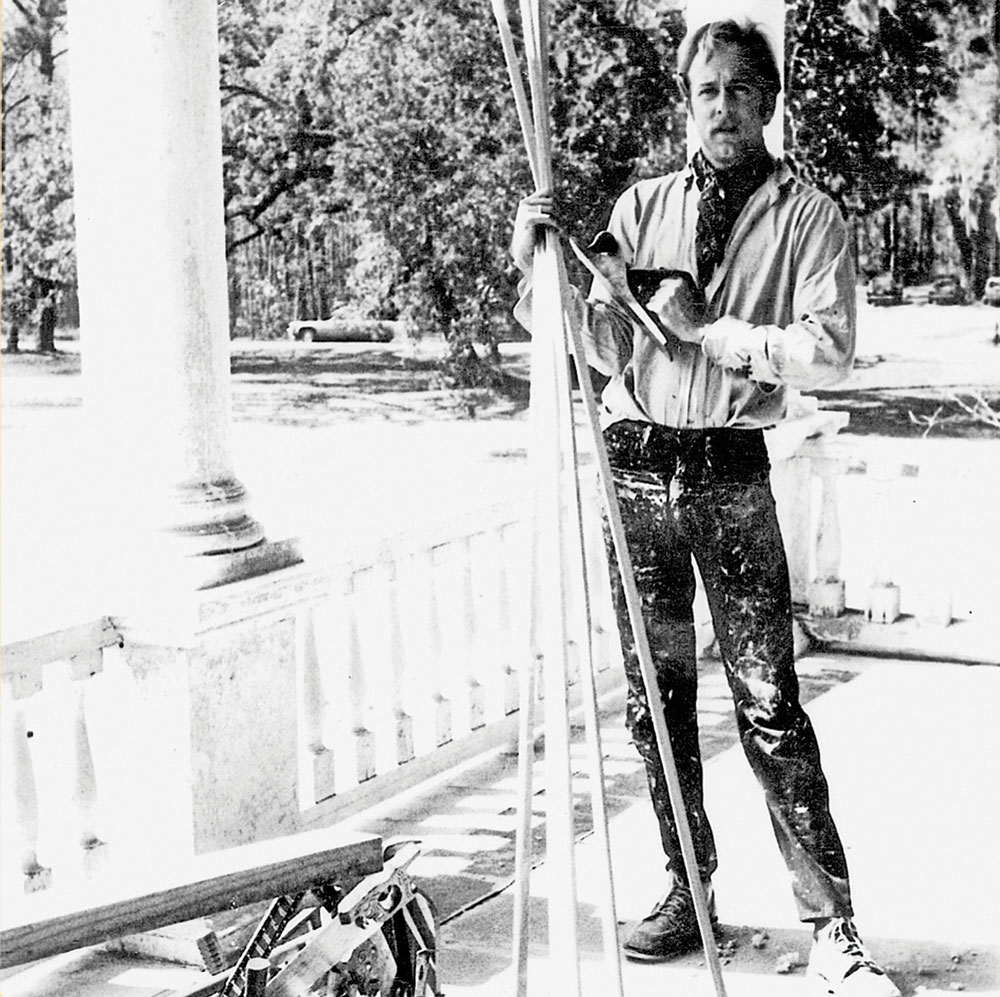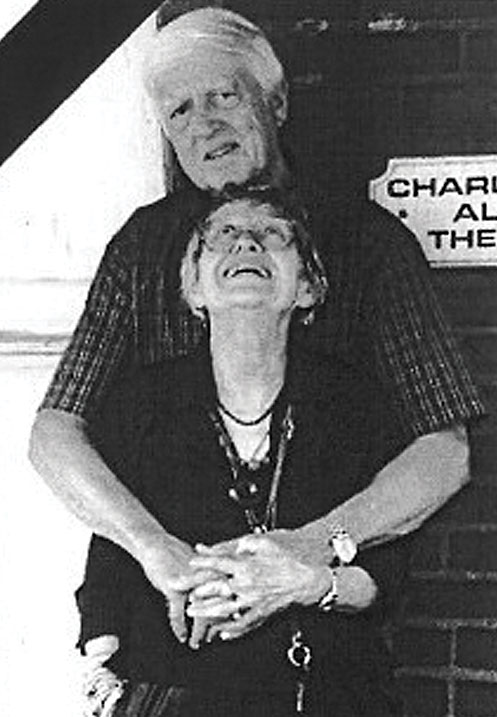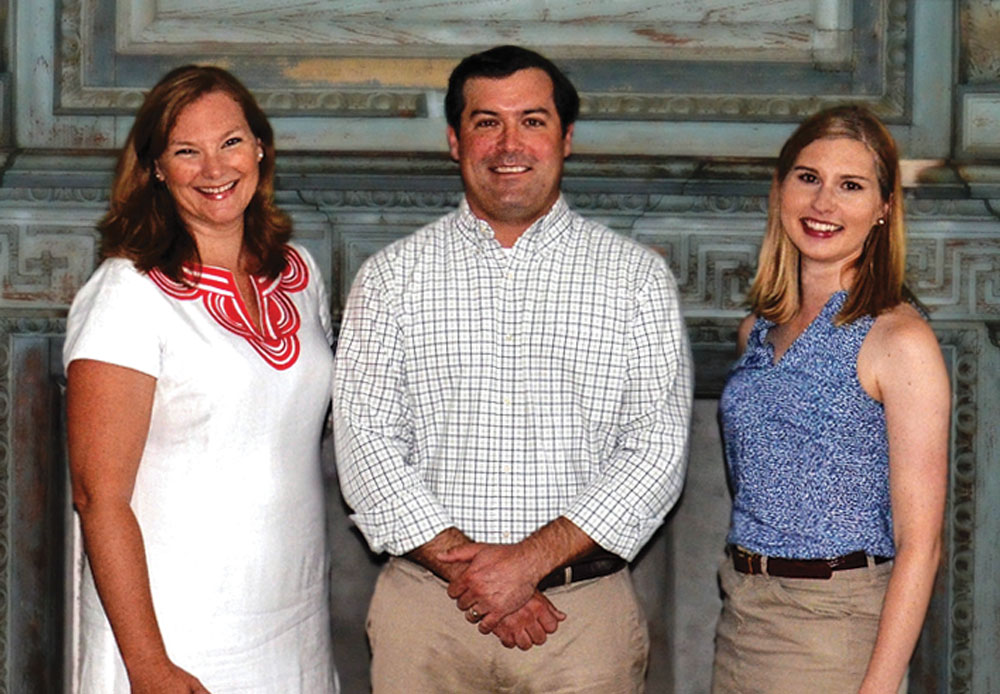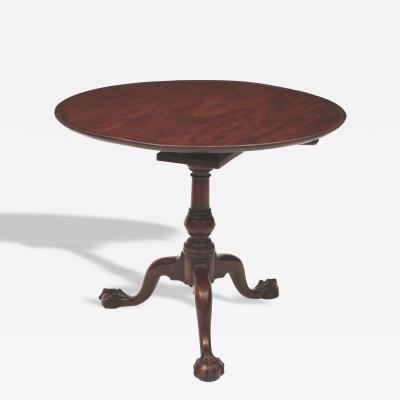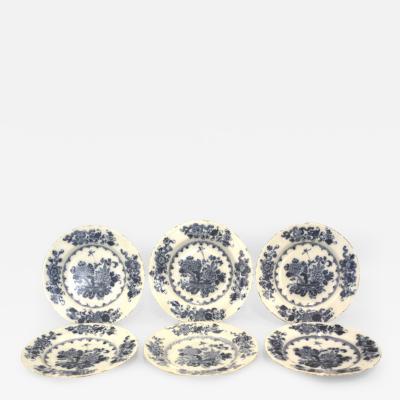The Personal Side of Historic Preservation: The Wood Family Fellowship at Drayton Hall

- Fig. 1: Drayton Hall Past and Present. A section of a watercolor image of Drayton Hall completed by Pierre Eugène Du Simitière in 1765 is shown left, © J. Lockard 2010, used with permission; a section of a recent photograph of Drayton Hall by Charlotte Caldwell is shown right. Montage image courtesy of Drayton Hall.
Historic preservation means many things to many people—from structures and landscapes to surviving artifacts—all of which are integral to preserving and building on our past. There’s also a personal side to historic preservation that is just as significant, as demonstrated through one family’s collective journey and generosity.
In August 1980, Stephen Wood was a young preservationist repairing Drayton Hall’s centuries-old main house as part of the National Trust for Historic Preservation Restoration Workshop, when his scaffolding gave way. He fell to the ground and later that day succumbed to his injuries. Some twenty-four years later, his parents, Leonard and Tanya, who reared their children on the lessons of history and the value of preservation, were claimed by a car accident while traveling east of their home in Charleston, Illinois.
Amidst such tragedies, Drayton Hall has served as a both a family memorial and a source of inspiration. In 2005, Anthony C. “Tony” Wood and his husband, Anthony Badalamenti, created a Fellowship in honor of Tony’s parents and in memory of his brother Stephen, to further their legacy in a manner that would build on the family’s dedication to education and historic preservation.
Over the last ten years, the Wood Family Fellowship has dramatically increased the understanding and stewardship of Drayton Hall. Located in Charleston, South Carolina, Drayton Hall has been regarded as an architectural treasure for generations—its significance made even more apparent through the work of Natalie Woodward and Trish Smith, Wood Family fellows in 2008 and 2010, respectively. While students in the Clemson/College of Charleston graduate program in historic preservation, the pair measured and drew both the interior and exterior of the house and privy, using the computer-aided design software AutoCAD, completing the first-ever accurate drawings of Drayton Hall’s historic architecture. Smith was also able to digitize twenty-seven linear feet of records documenting forty-plus years of preservation work on site and creating a searchable preservation archive.
Some years earlier, 2005 fellow Joyce Keegan shed new light on Drayton Hall’s furniture collection and took the first step in preparing the collection for future exhibition. 2007 fellow Sarah Stroud Clarke’s work to organize and research the archaeological collection successfully established archaeology as a discipline at Drayton Hall, now central to our preservation efforts. As a result, we have improved our stewardship of the collection and archaeologically examine any ground to be disturbed through preservation activities. What is more, several fellows, including myself, Sarah Stroud Clarke, and Trish Smith, presently serve as the site’s President & CEO, Archaeologist & Curator of Collections, and Curator of Historic Architectural Resources, respectively. As a result of the multidisciplinary work undertaken by Wood fellows—including John Harris, Sean Urritia, Jenna Carlson, Toni Carrier, and Brittany Lavelle Tulla—Drayton Hall is no longer considered simply a Lowcountry plantation, but is now recognized as one of the nation’s most significant colonial estates.
While each of the Wood Family fellows has transformed Drayton Hall in some way, we couldn’t have done it without the generosity and vision of Tony Wood and Anthony Badalamenti. Stephen, Leonard, and Tanya would be proud of all that has been accomplished in their names.
Fellowships are considered each year and are geared toward graduate-level scholarship focused on the current and future needs of the site. For more information, please contact Shelia Harrell-Roye, Curator of Education and Public Engagement, at shroye@draytonhall.org.
Drayton Hall is the earliest example of Palladian architecture in the United States and an icon of colonial American architecture and identity. The Drayton Hall Preservation Trust is a privately funded nonprofit organization responsible for the operation and administration of Drayton Hall, A National Trust Historic Site. For more information, visit www.draytonhall.org.
Carter C. Hudgins is the President and CEO of The Drayton Hall Preservation Trust and the 2016 Wood Family fellow.
This article was originally published in the Summer 2016 issue of Antiques & Fine Art magazine, a fully digitized version of which is available at afamag.com. AFA is affiliated with incollect.com.















